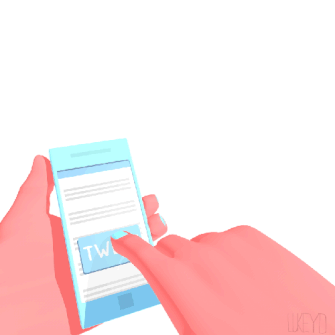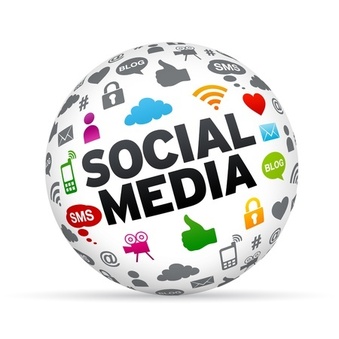George Carlin's bit on the Seven Dirty Words You Can Never Say on Television is still a hilarious classic. And yes, he actually says the words. (Fair warning on profanity if you watch the video above. It will also make you laugh until your sides hurt!) If you manage a Facebook page, you've likely seen these seven words and probably dozens more. Internet trolls derail productive conversations, spread misinformation and sometimes make you wonder if social media is worth the effort at all.
Did you know Facebook has a built in profanity filter including one that you can upload your own seven dirty words to and more? Currently, our filter list contains more than 100 words that we tailor accordingly for each client.
If you'd like help protecting your page from trolls and other attacks on your brand, schedule a consultation today! We can help you take the steps necessary to safeguard your Facebook page and also position you to have the tools needed to successfully weather an unexpected social media crisis.
Did you know Facebook has a built in profanity filter including one that you can upload your own seven dirty words to and more? Currently, our filter list contains more than 100 words that we tailor accordingly for each client.
If you'd like help protecting your page from trolls and other attacks on your brand, schedule a consultation today! We can help you take the steps necessary to safeguard your Facebook page and also position you to have the tools needed to successfully weather an unexpected social media crisis.








